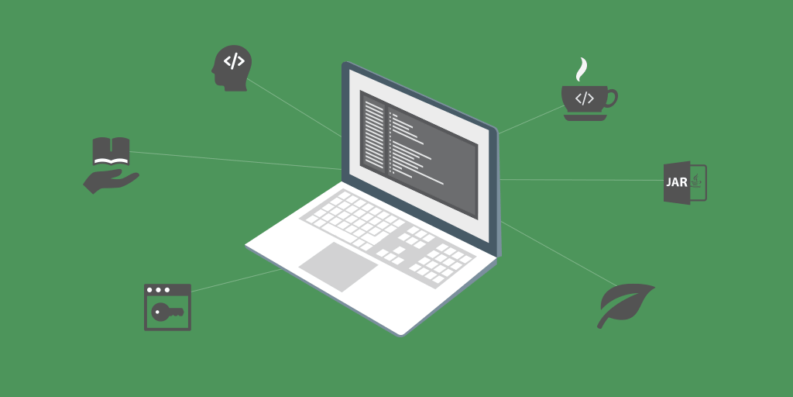最近使用 Spring + SpringMvc + Quartz 的系统中,使用@annotation 注解方式, 直接在类的方法上使用@Scheduled(cron=”0 /5 * * ?”)来实现定时任务,在使用 debug 日志级别时,启动提示 No qualifying bean of type TaskScheduler available 及 Could not find default TaskScheduler bean 异常。可以通过配置日志级别进行解决。

Tomcat 在启动的时候,由于配置原因,导致工程会被加载两次,很容易出现内存溢出。如果有定时任务,也可能导致定时任务执行两次,从而出现问题。

我们使用单台 Tomcat 的时候不会有共享 sesssion 的疑虑,只要使用 Tomcat 的默认配置即可,session 即可存储在 Tomcat 上。但是随着业务的扩大,增加 Tomcat 节点构成 Tomcat 集群大势所趋,分布式带来了增加更大规模并发请求的优势,但是也随之到来了一个问题,每个 Tomcat 只存储来访问自己的请求产生的 session,如果 Tomcat-A 已经为客户端 C 创建了会话 session,那么 Tomcat-B 并不知道客户端已与集群中的 Tomcat-A 产生了会话,在访问时就会为 C 再创建一份 session,如果是基于 session 的验证会话权限的接口(如用户登录认证后才可访问的数据接口),将会导致在访问集群中不同节点的时候重复认证。session 的不共享导致原来的会话管理机制在 Tomcat 集群中无法工作。

Monitoring the metrics and runtime characteristics of an application server is essential to ensure the adequate functioning of the applications running on that server, as well as to prevent or resolve potential issues in a timely manner.

As far as Java applications go, one of the most commonly used servers is Apache Tomcat, which will be the focus of this article.
Tomcat performance monitoring can be done either by relying on JMX beans or by using a dedicated monitoring tool like MoSKito or JavaMelody.



